Costa Rica travel guide: Everything you need to know before you go
A nature-lover’s wonderland, Costa Rica remains a delight to explore, says Alexander Robinson

Your support helps us to tell the story
From reproductive rights to climate change to Big Tech, The Independent is on the ground when the story is developing. Whether it's investigating the financials of Elon Musk's pro-Trump PAC or producing our latest documentary, 'The A Word', which shines a light on the American women fighting for reproductive rights, we know how important it is to parse out the facts from the messaging.
At such a critical moment in US history, we need reporters on the ground. Your donation allows us to keep sending journalists to speak to both sides of the story.
The Independent is trusted by Americans across the entire political spectrum. And unlike many other quality news outlets, we choose not to lock Americans out of our reporting and analysis with paywalls. We believe quality journalism should be available to everyone, paid for by those who can afford it.
Your support makes all the difference.Cloud forests trilling with toucans, waterfall-dripping canyons, steaming volcanoes and two oceans-worth of long, sweeping beaches. Few countries pack in as much sheer beauty into such a tiny space as Costa Rica. It’s smaller than Scotland yet its forests and seas teem with wildlife: jaguars in Corcovado National Park, turtles by the million in Tortuguero, whales calving off the coast in Manuel Antonio. And visits are comfortable experiences, with modern, slick hotels in all budgets, widely-spoken English and directs flights from the UK.
Current travel restrictions and entry requirements
Travellers who have been in China, Hong Kong, Macao or Taiwan in the 14 days preceding their arrival will need to present a negative Covid-19 test, PCR or antigen, taken no more than 72 hours before their entry into Costa Rica. The test certificate must be in English or Spanish. Travellers over the age of 12 years from China, Hong Kong, Macau and Taiwan will also be required to provide a full vaccination certificate.
There are no other Covid-19 vaccination requirements in place for entering Costa Rica.
Travellers from the UK and EU do not require visas.
Best time to go
You wouldn’t expect the weather to vary much across a country as tiny as Costa Rica. But the Atlantic and Pacific coasts are separated by a central mountain range and have distinct seasons. December to April is driest and sunniest on the Pacific coast and March to September on the Caribbean side. Turtles nest on the Atlantic beaches March-October and hatch September-October, while humpback whales visit the Pacific coast December-April and July-November, making March and April the best overall months for a pan-Costa Rica trip.
Top regions and cities
Tortuguero
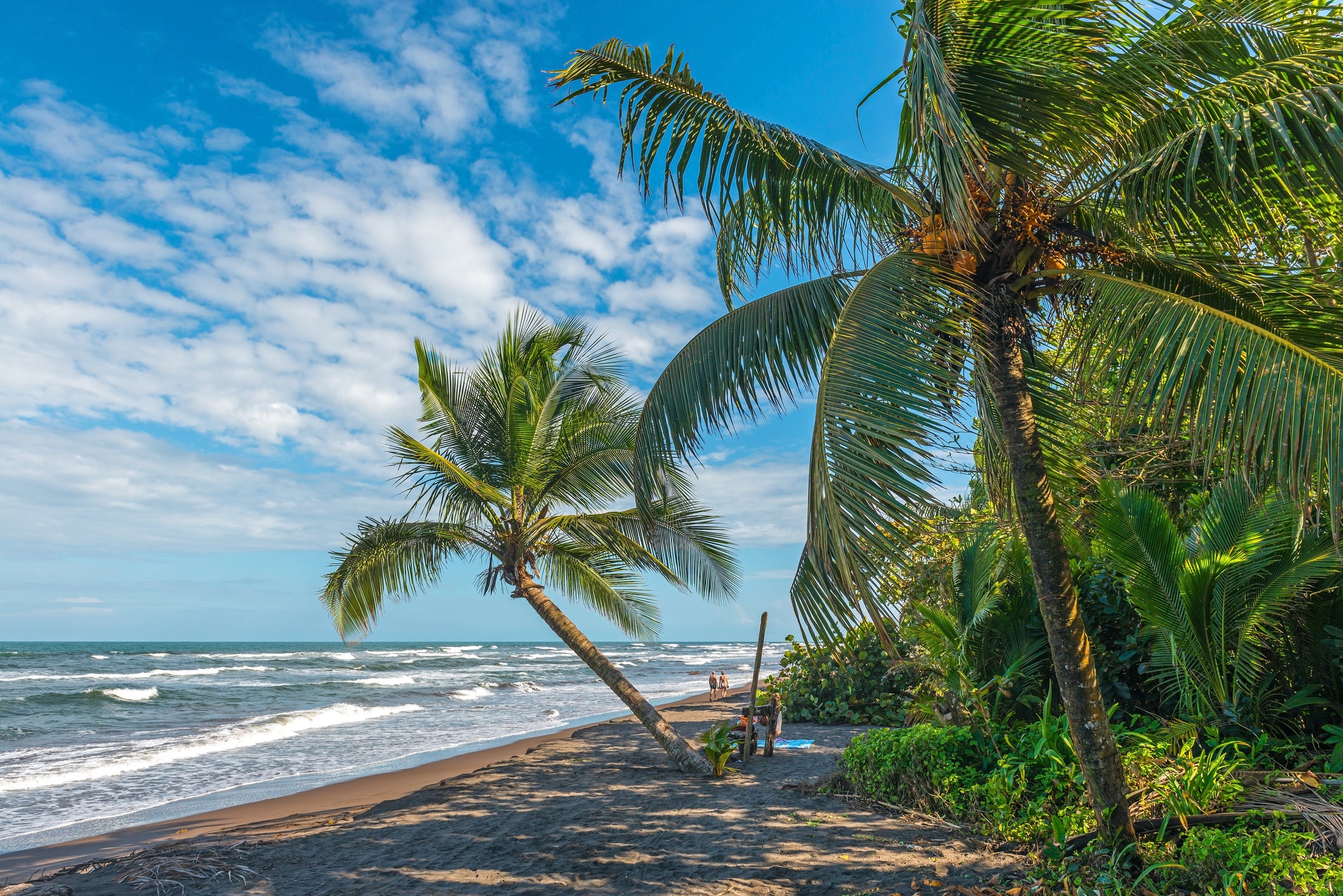
The long dark beaches of Tortuguero National Park on Costa Rica’s northeastern Atlantic coast are one of the best places in the world to see nesting and hatching turtles. Threatened leatherbacks, vulnerable loggerheads and critically endangered hawksbill turtles all visit the park, and Tortuguero is the most important nesting site in the western Atlantic for endangered green turtles. Besides the turtles, there’s great wildlife watching in the long freshwater lagoons behind the beaches, where capuchin monkeys gingerly pluck fruit from the trees around the water, American crocodiles bask on the mudflats and myriad waterbirds fish in the shallows.
The Ocelot Peninsula
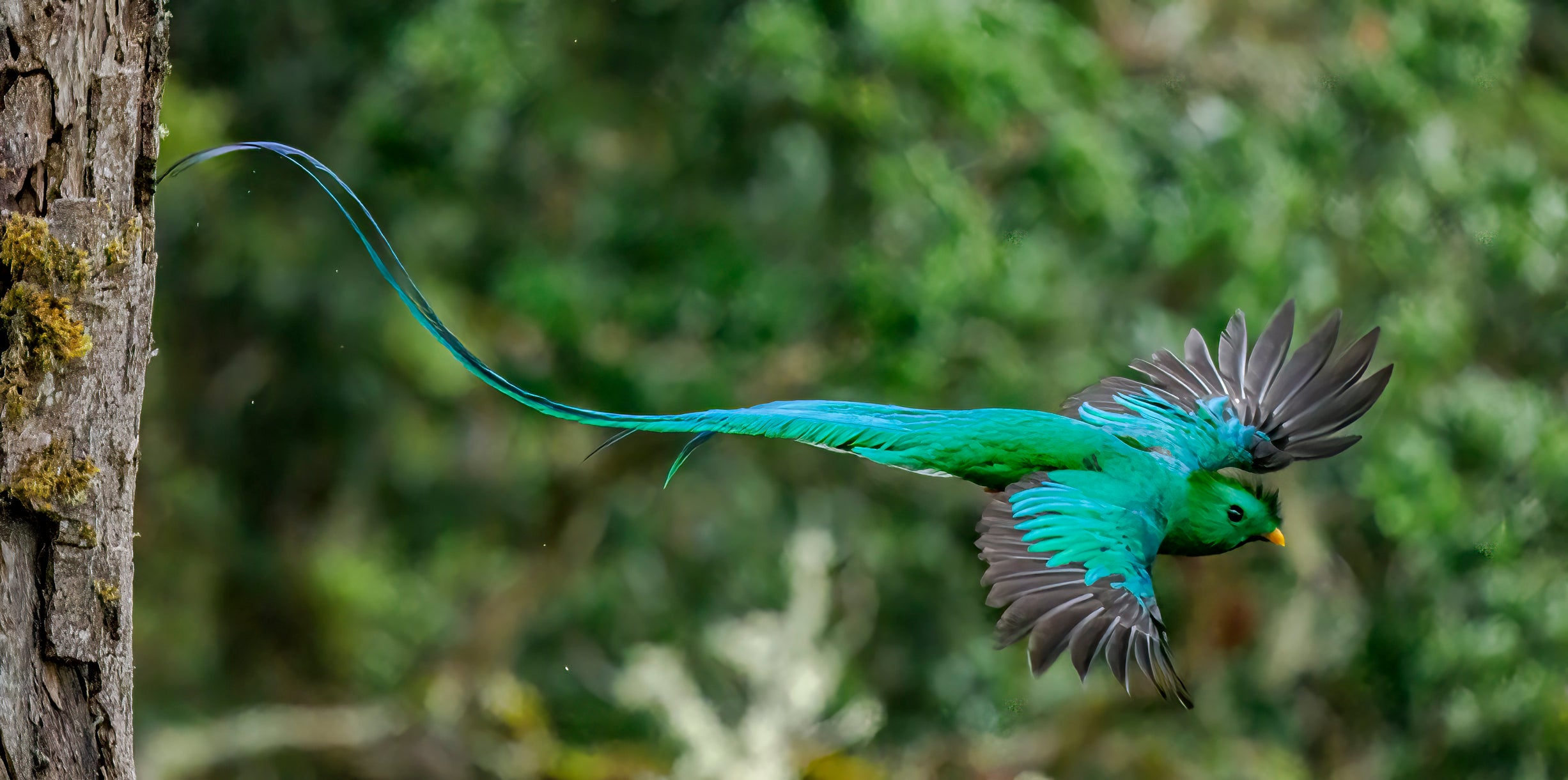
This remote peninsula in Costa Rica’s far east is the best place to spot big cats in the wild in central America. And it’s possible to do so in comfort and with a green conscience. Dotted in the dense forests and along the sandy beaches are a string of state-of-the-art jungle lodges like Lapa Rios, combining breathtaking views of wild animals and landscapes from the comfort of your bed, with genuine ecotourism know-how. Water and waste are recycled, energy is generated on site and profits are ploughed into local school and employment initiatives. Visit May-November to see ocelots, margays, pumas and jaguars.
Nicoya
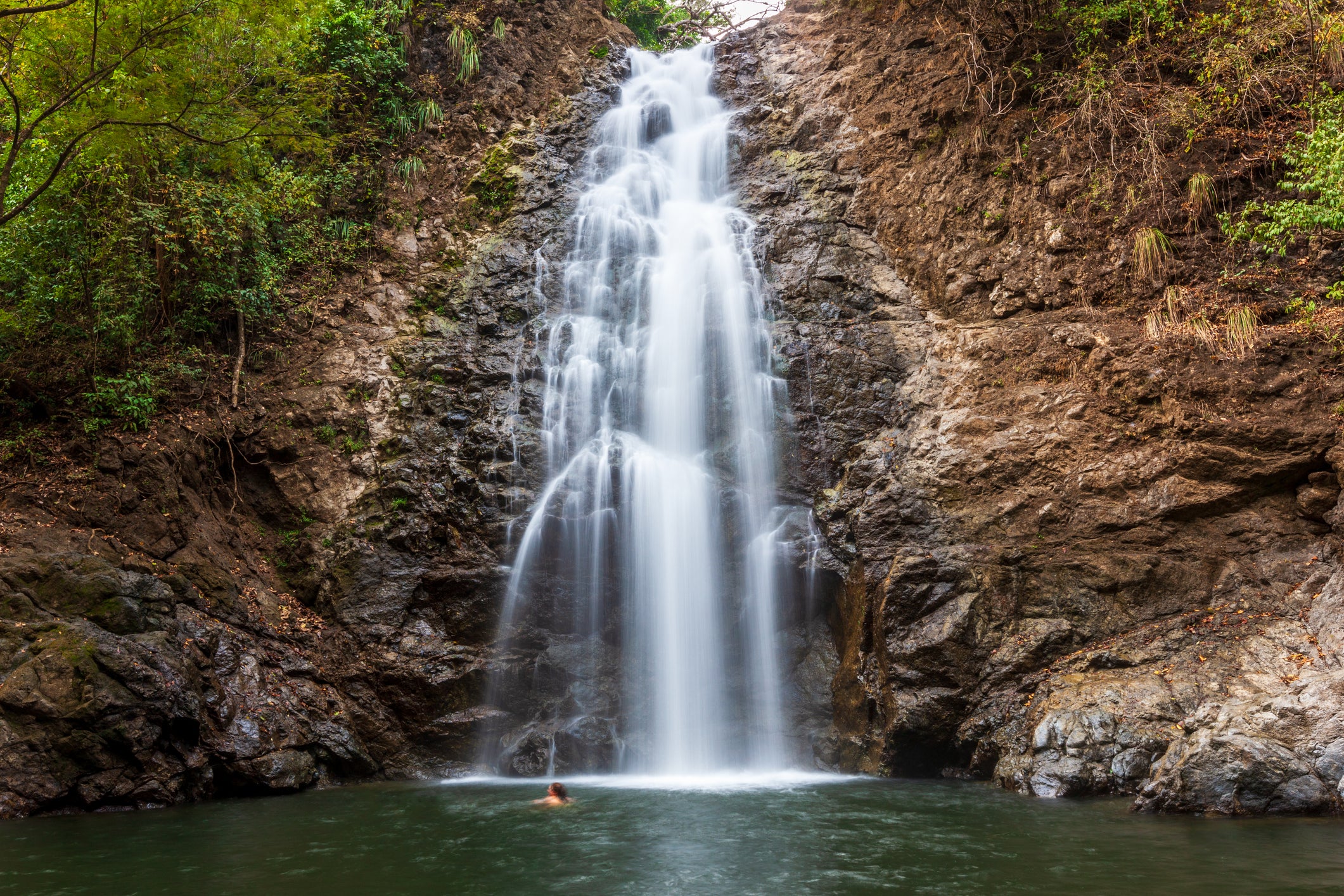
Costa Rica’s best Pacific beaches? They’re on the Nicoya Peninsula, fringed with honey-coloured sands and backed by misty forest. But choose your location carefully. The peninsula’s easy-to-access western side bristles with concrete condos where you’ll hear more English spoken than Spanish. But in the remoter east, around the Cabo Blanco Natural Reserve, sands are wilder, pounded by rolling waves and backed with steamy rainforest, and the locals are Costa Rican. Head for low-key Santa Teresa village for toes-in-the-sand, surfboards-in-hand and stays in chic shacks right on the water.
Monteverde
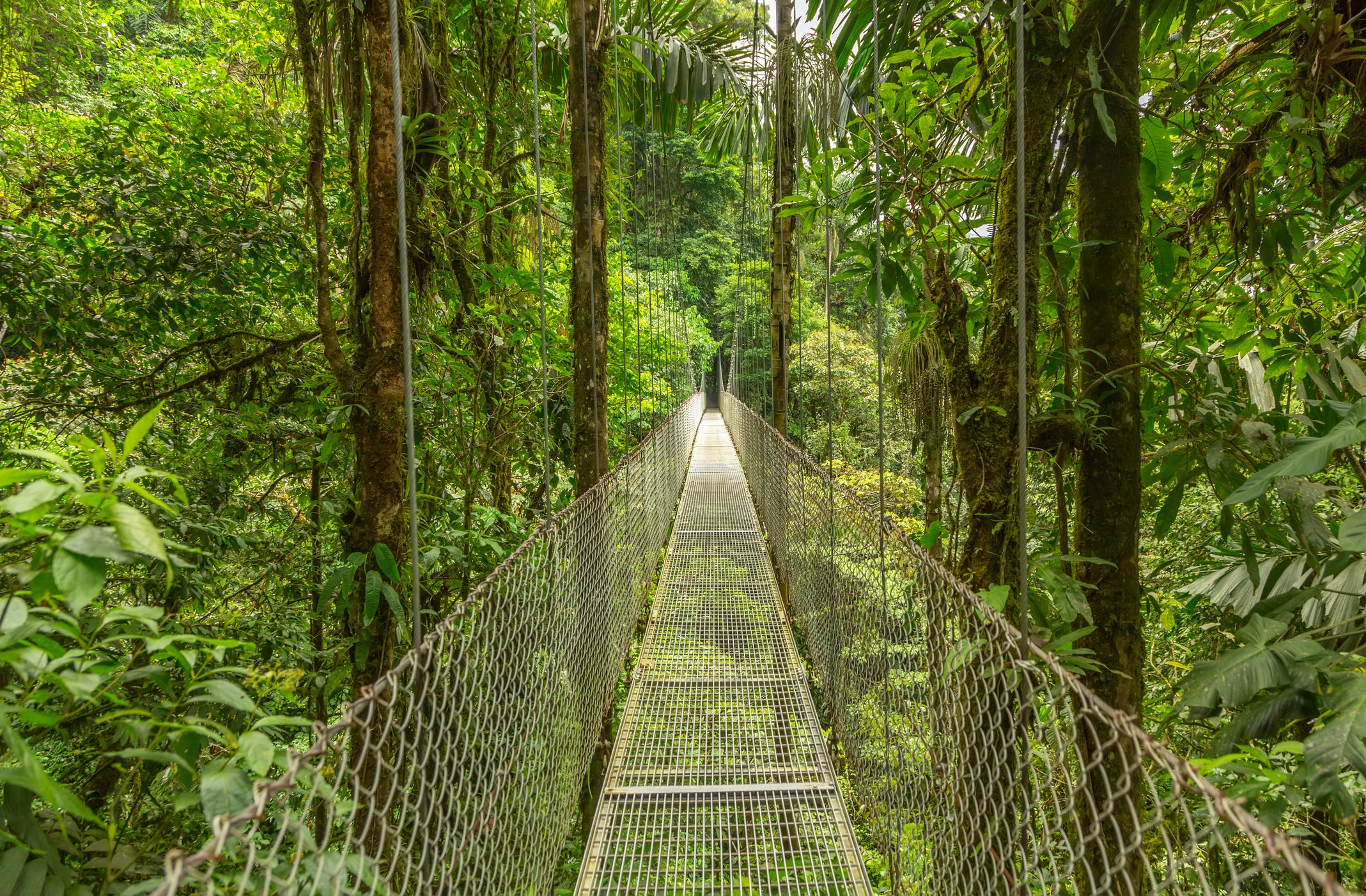
Monteverde’s mossy cloud forests have air so still you can hear a hummingbird fly. It’s a haven for travellers in search of Zen-calm retreats and for rare birdlife. Monteverde is one of the few locations anywhere with healthy populations of resplendent quetzal, central America’s counterpart to a bird of paradise, in shimmering green and scarlet and with tail feathers as long as a peacock’s. According to Mayan legend, the quetzal has a song so beautiful it lulls the listener into a trance but has been silent since the Spanish conquest – and will only sing again when the Americas are free.
Arenal
Picture a volcano in the rainforest. That’s Arenal, a fluted cone with its own cloud, framed by lush foliage, oozing hot springs and shrouded in dark lava. It’s the perfect backdrop for light adventure, and local hotels and tour operators offer the best menu of outdoor activities in central America. Head down waterfalls, white-water raft, hike jungles and wildlife-watch from canopy walkways.
Best under-the-radar destinations
Golfo Dulce
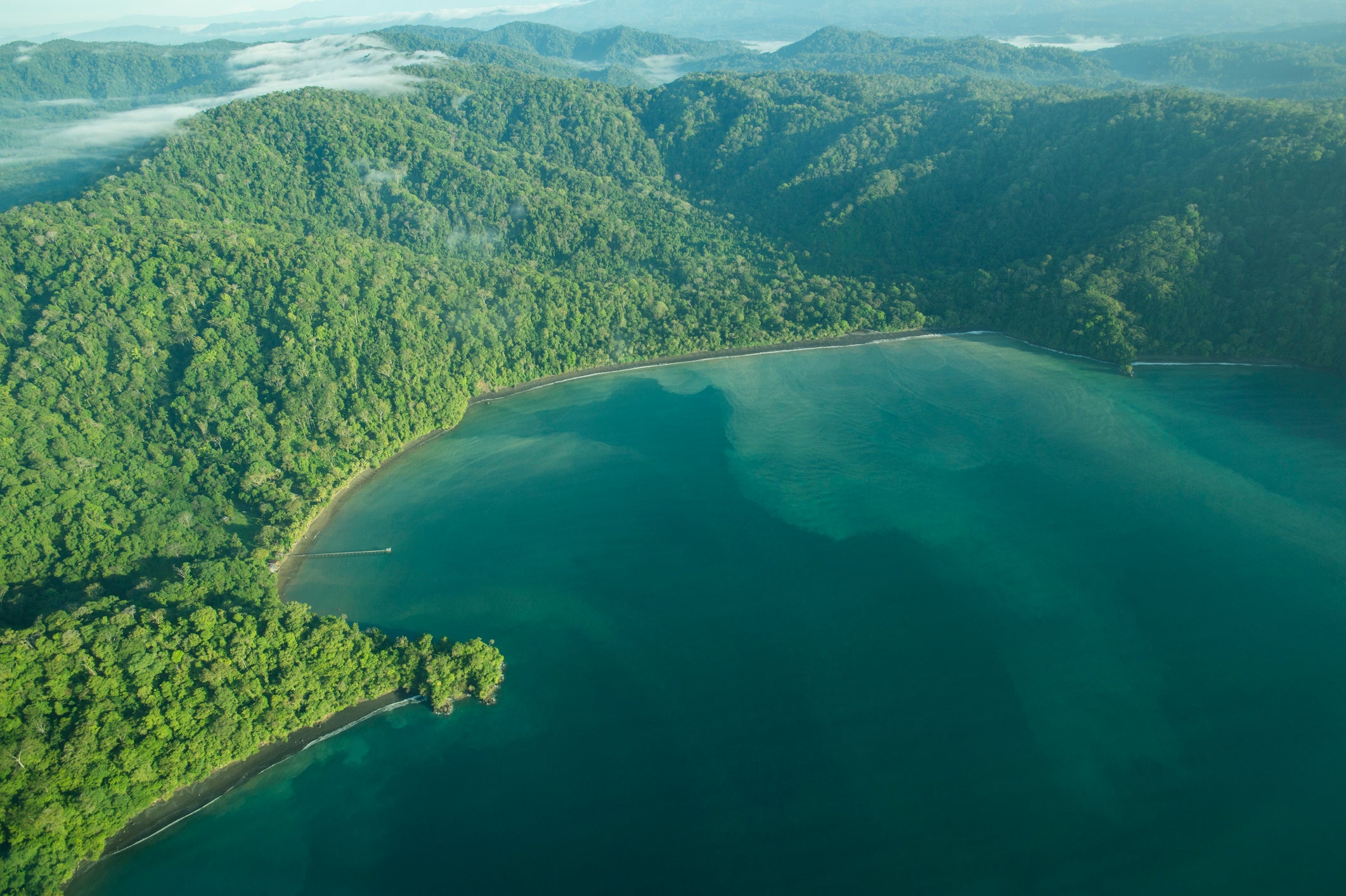
Costa Rica even has a fjord. Well, sort of. While not glacier-cut, the rainforest-covered ridges of the Golfo Dulce drop into a Norway-deep ocean inlet. Jaguars, tapirs and scarlet macaws live in the forests, while whales, dolphins, sea turtles and whale sharks swim the fjord. And there’s great sea kayaking, wild walking and fishing, all easily organised through the scattering of ‘in-the-jungle yet on-the-beach’ hotels.
The Cocos archipelago
This tiny archipelago, which rises steeply from the deep Pacific some 550km south of Costa Rica, is one of the best dive destinations in the world. The draw? Congregations of whale sharks as well as huge shoals of hammerhead sharks and rays, which gather in the plankton and fish-filled currents. Liveaboard dive boats, including the Undersea Hunter, offer 11-day trips departing from the port town of Puntarenas.
Cahuita
Reggae music, jerk chicken, caster-sugar fine sand, shaded by groves of coconut palms... the tiny Atlantic town of Cahuita is where Costa Rica gets Caribbean. English is the first language, and the locals are mostly African-central American. And there’s jungle too: Cahuita National Park whirrs with cicadas, and is wild enough for ocelots, scarlet macaws and troops of howler monkeys.
Best things to do
White water raft into Pacuaré Lodge
Costa Rica has great white-water rafting at all levels, but nowhere beats Pacuaré Lodge, where it’s more than light adventure – it’s the road in. While your bags are zip-lined to the hotel over a jungle-shrouded canyon, you rush down river rapids to meet them, through the heart of the wild mountains of jungle-swathed Limón province.
Whale watch
December to April and July to November, humpback and pilot whales congregate in the Marino Ballena national park off the tiny coastal village of Uvita on the Pacific Coast. You’ll see dolphins, too, and visits can be combined with a stroll through the rainforest in nearby Manuel Antonio National Park.
Walk up an active volcano

While Arenal is too dangerous for summit hikes, gentle, short trails lead from a paved road to Poás volcano, a short drive from the international airport in San José. As well as the steaming, sulphur yellow caldera, you’ll see copper-green crater lakes and plenty of birdlife in the surrounding forests.
Take a hot river swim
Soaking in a hot river under a night sky painted with the Milky Way is as quintessentially Costa Rican as spotting tree frogs in the rainforest. It’s easy to do in Arenal, where you can even have your own private hot spring-fed plunge. And at Rio Perdido, a few hours to the south, you can bathe in twin rivers: one mountain fresh and the other running from the steamy folds of the Miravalles volcano.
Getting around
The best way around Costa Rica is by hire car. But while the country is tiny, it’s deeply corrugated and short distances can take a surprisingly long time to navigate. For the more remote regions like the Osa Peninsula, you will need to fly-in on small turboprop planes from the main hubs towns such as San José and Liberia.
Read more: The ultimate guide to San José
How to get there
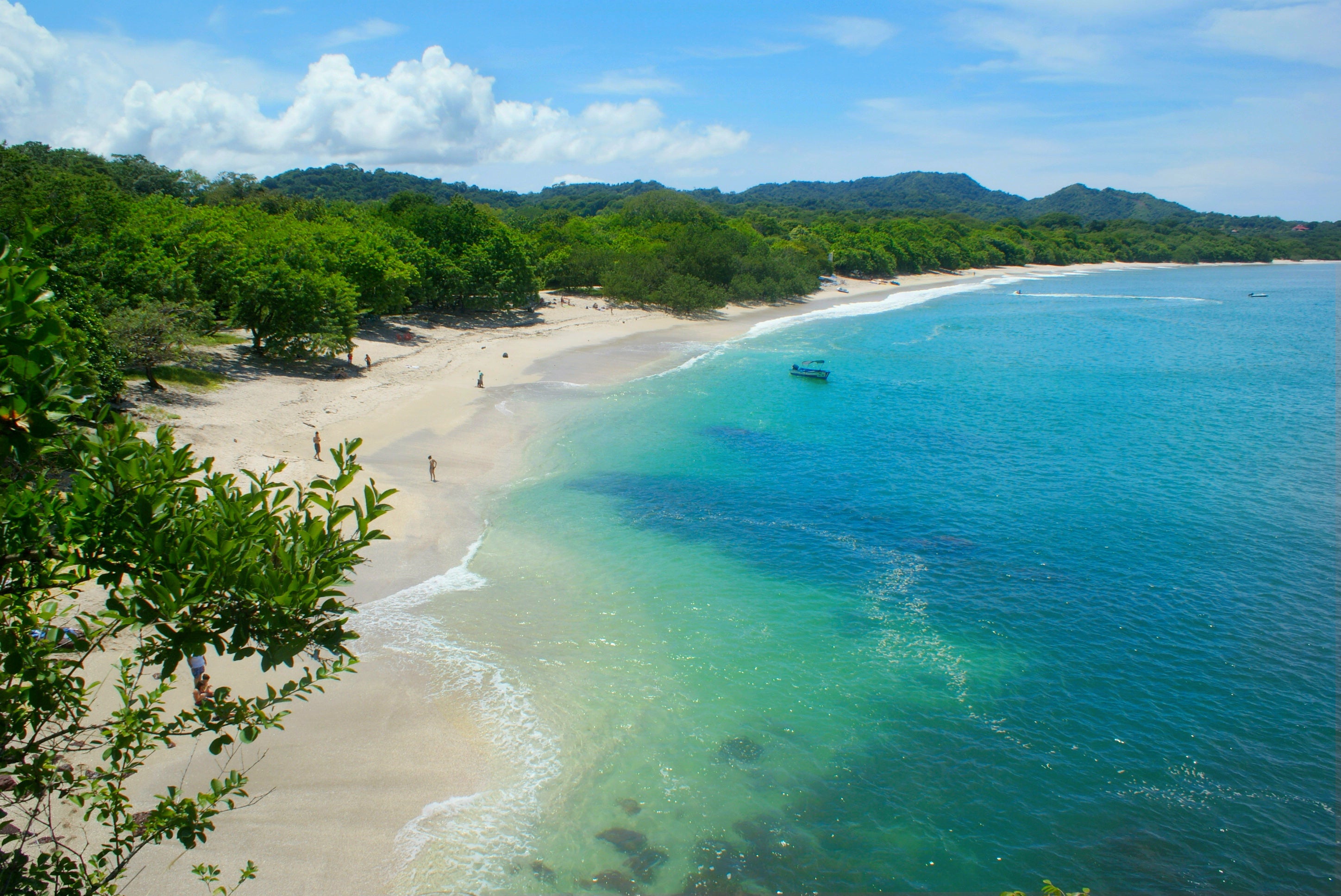
Direct flights into Costa Rica (with BA) arrive in the capital city San José, from where there are connections to the wilder locations and car-hire pick-ups. To make the most of your time, ensure you travel green, and avoid hassle booking domestic flights and excursions – instead, book a trip through a tour operator. Green travel experts, The Earth Trip has just started operating in the country post-pandemic, and have tailored itineraries covering the best genuinely sustainable locations in Costa Rica, in the greenest possible way. And at £2,950 pp, they’re great value too.
Money-saving tip
Avoid Christmas and the US spring break when Costa Rica can be packed and pricey.
FAQs
What’s the weather like?
Costa Rica lies entirely within the tropics. Average temperatures stay in the mid-20s all year round on the coastal plains and in the low 20s in the highlands. There are marked wet and dry seasons that vary across the country
What time zone is it in?
Central Standard Time (GMT-6)
What currency do I need?
Costa Rica colónes. US dollars are widely accepted.
What language is spoken?
Spanish is the national language. English is widely spoken.
Join our commenting forum
Join thought-provoking conversations, follow other Independent readers and see their replies
Comments